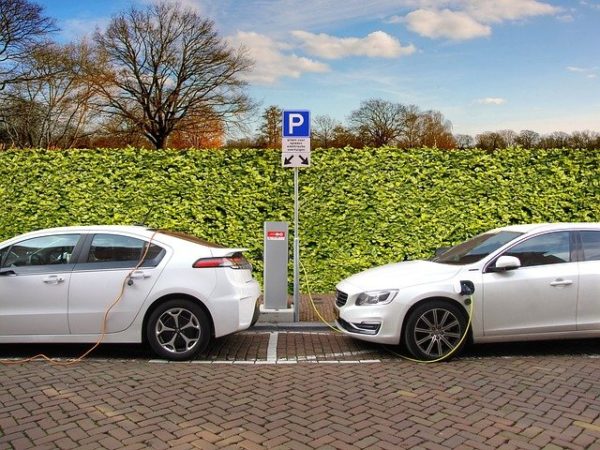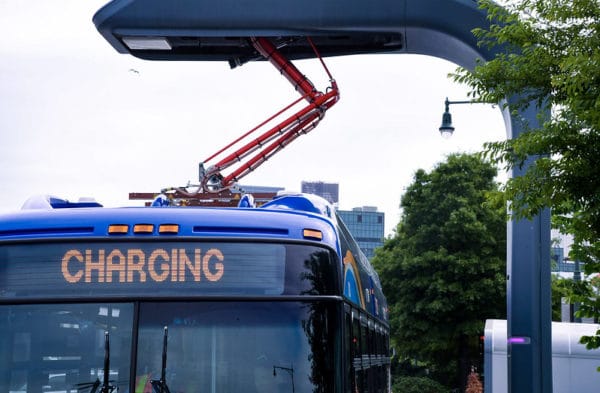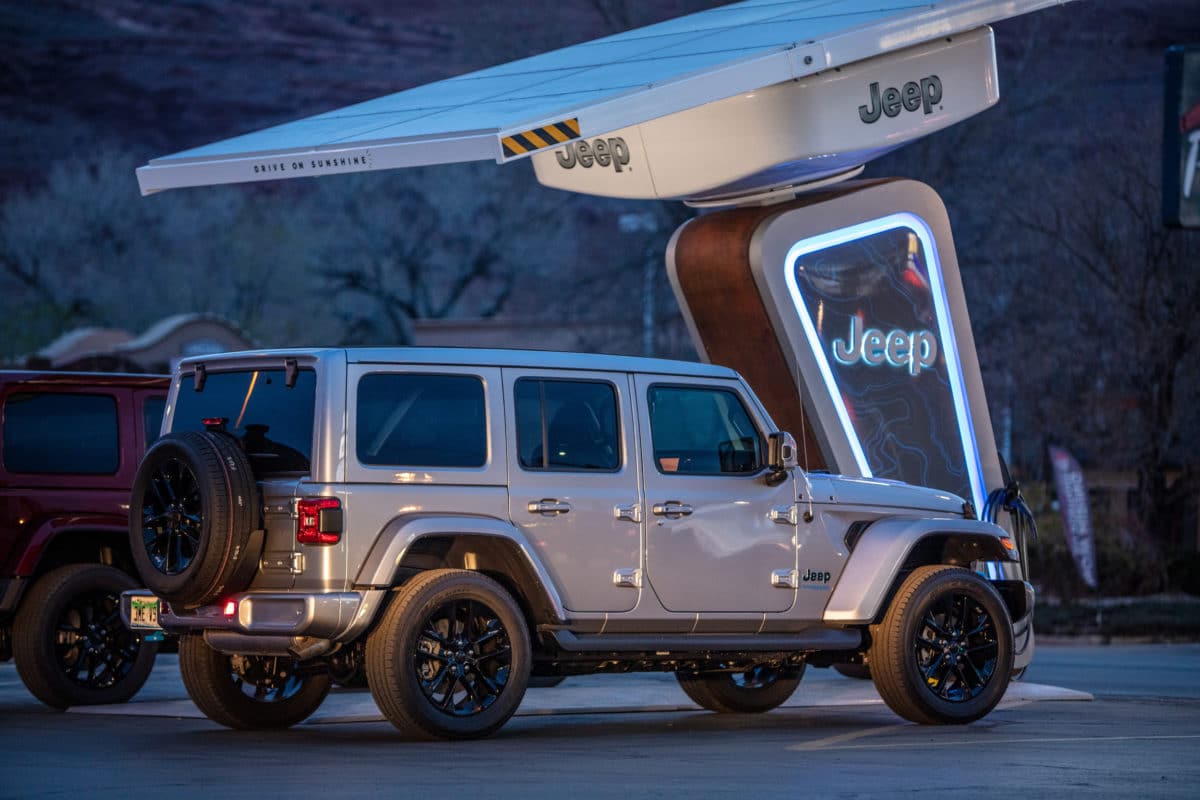Electric vehicle sales are set to rise at an unprecedented rate, but significant policy action will still be needed for any government looking to achieve net-zero carbon emissions by 2050, according to a new report from BloombergNEF (BNEF).
BNEF’s latest edition of the annual Electric Vehicle Outlook said that accelerating electric car adoption, expanding charging networks, the ongoing push for battery recycling, and emerging new regulations on heavy trucks, as well as encouraging active modes of transport, like cycling and walking, all will be critical to achieve a net-zero by 2050 future.
Assuming that none of these policy measures are enacted, BNEF’s Economic Transition Scenario forecasts global sales of zero-emission cars to grow from 4% of the market in 2020 to 70% by 2040. Regions like China, the U.S., and certain European countries are anticipated to see much higher sales than the global average.

Image: Pixabay/joenomias
As for non-passenger vehicles, BNEF forecasts that sales of zero-emission busses will hit 83% of the global market by 2040. Light commercial vehicle sales are expected to grow from 1% of their today to 60% over the same time, and medium- and heavy-duty commercial vehicle sales will grow to just over 30%, up from almost zero now.
Falling short
Even at this rate of adoption, however, the global economy will fail to achieve a Net Zero Scenario by 2050, the report said. To achieve net-zero, sales of zero-emission passenger cars would have to hit almost 60% of sales in their segment globally by 2030, not 34% as in the Economic Transition Scenario. This equates to a raw sales increase to 55 million EVs sold by 2030, as opposed to the projected 32 million.
BNEF said that two/three wheel vehicles–which are heavily used in developing and densely populated countries–and buses are close to being on track to hit net-zero emissions by 2050. Meanwhile, cars and light commercial vehicles are shown as being on a “positive trajectory” because, even without further policy measures, current trends are close to the sales volumes that are needed to hit the net-zero by 2050 benchmark.
BNEF’s Economic Transition Scenario also considers the needs for charging network expansion and battery supply chain component increases.

Image: Marc A. Hermann/MTA
By 2040, the global EV charging network needs to grow to over 309 million chargers across all locations, with specific need projections of 270 million home chargers, 24 million public chargers, 12 million workplace chargers, and 4 million bus and truck chargers. This buildout would lead to a 9% increase in global electricity demand by 2040 and would require an investment of $589 billion, an increase that BNEF called modest considering the period of time, over the current cumulative global renewable energy investment, which hit $300 billion in 2020.
Added investment
These numbers still do not meet the net-zero scenario and would have to rise to $939 billion in investment by 2040 to achieve the necessary 504 million units. For electricity demand, that scenario would raise the megawatt-hours needed to 14% by 2040 and to just over 25% by 2050.
As for battery and component demand, the need for Lithium-ion batteries is set to experience a sharp increase from the current 269 gigawatt-hours in 2021 to 2.6 terawatt-hours per year by 2030 and 4.5 TWh by 2035. And while more investment in mining and refining will be needed, supply of metals is projected to be adequate to meet demand projections.
For battery supply to satiate the net-zero by 2050 scenario, battery metals recycling will be important, BNEF said. Without it, cumulative lithium demand would exceed currently known reserves by 2050. With universal battery recycling, however, not only would primary lithium demand remain below known reserves, but the prospect of a fully circular battery industry would emergy, with supply of recycled lithium exceeding total annual demand by mid-century.
This content is protected by copyright and may not be reused. If you want to cooperate with us and would like to reuse some of our content, please contact: editors@pv-magazine.com.









By submitting this form you agree to pv magazine using your data for the purposes of publishing your comment.
Your personal data will only be disclosed or otherwise transmitted to third parties for the purposes of spam filtering or if this is necessary for technical maintenance of the website. Any other transfer to third parties will not take place unless this is justified on the basis of applicable data protection regulations or if pv magazine is legally obliged to do so.
You may revoke this consent at any time with effect for the future, in which case your personal data will be deleted immediately. Otherwise, your data will be deleted if pv magazine has processed your request or the purpose of data storage is fulfilled.
Further information on data privacy can be found in our Data Protection Policy.